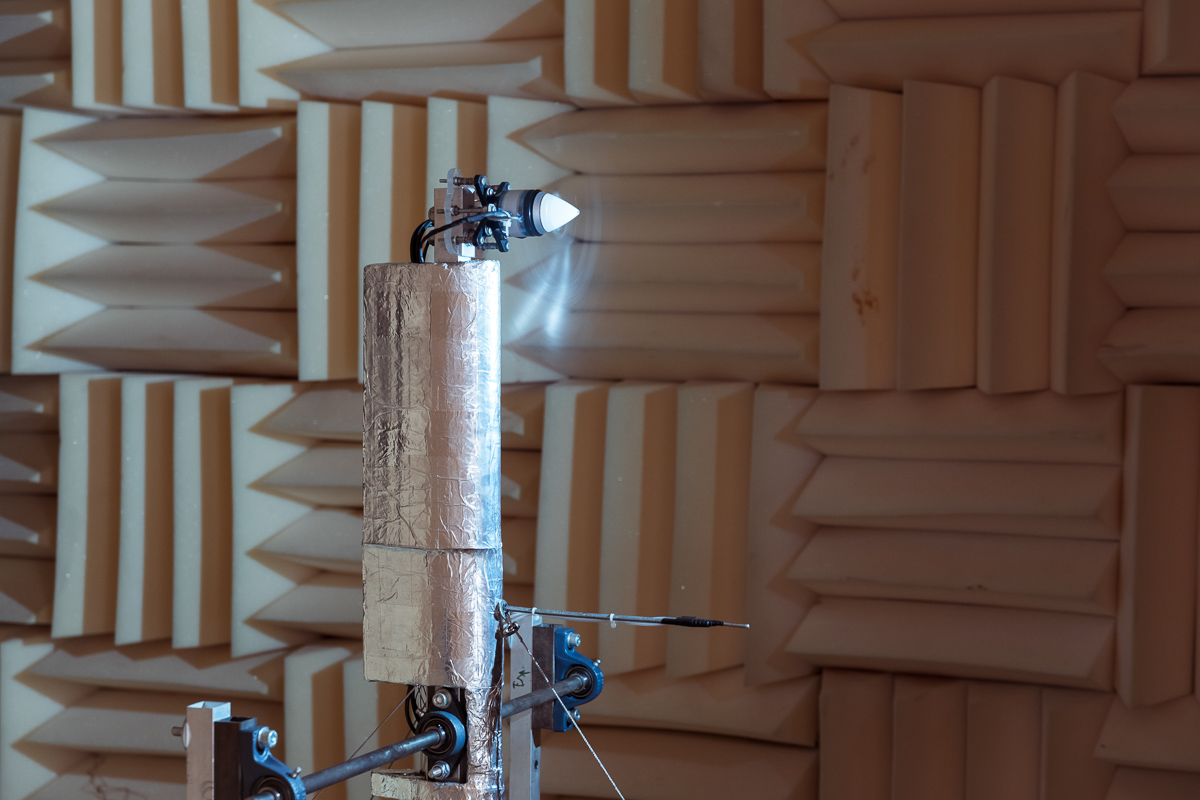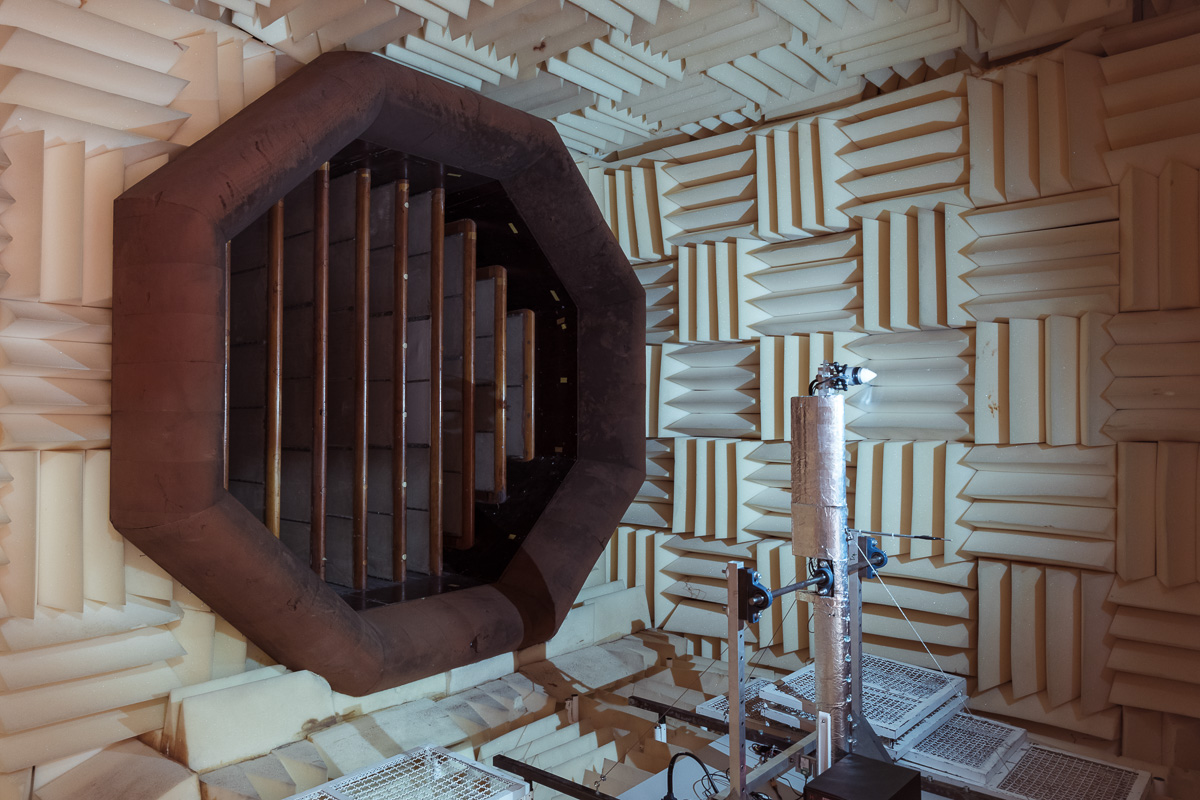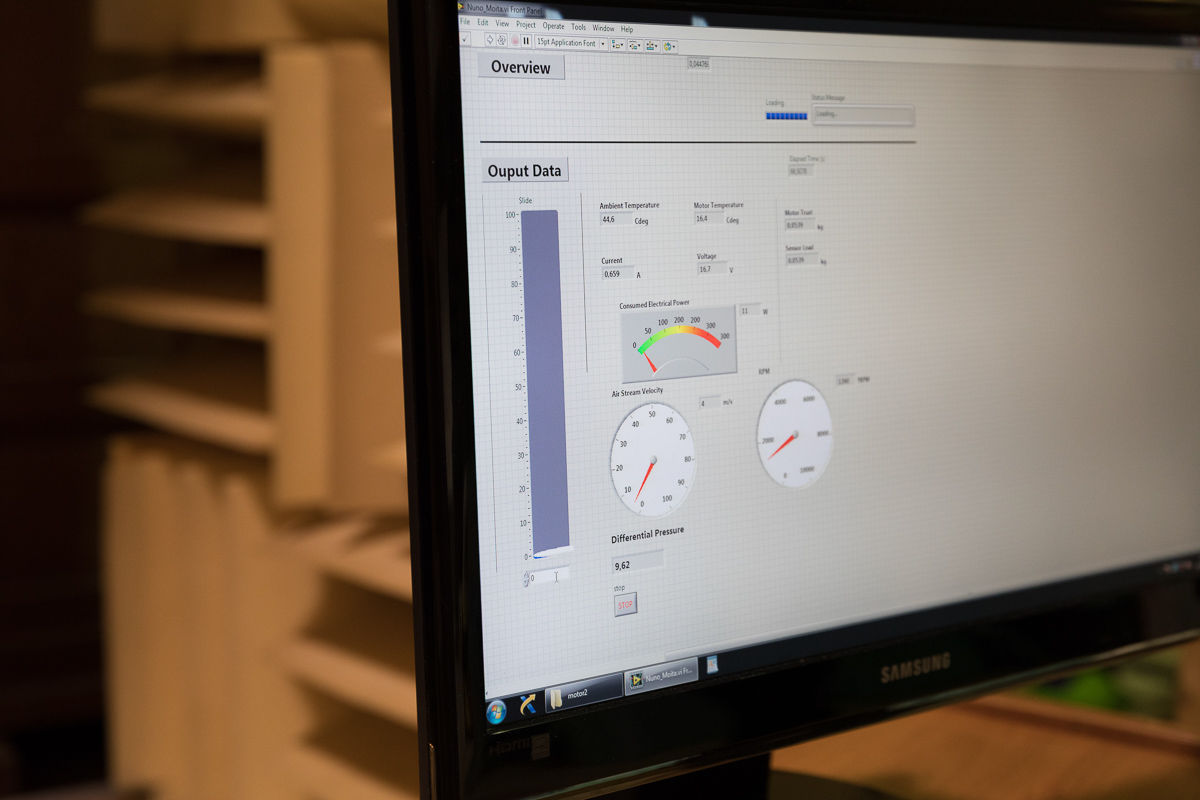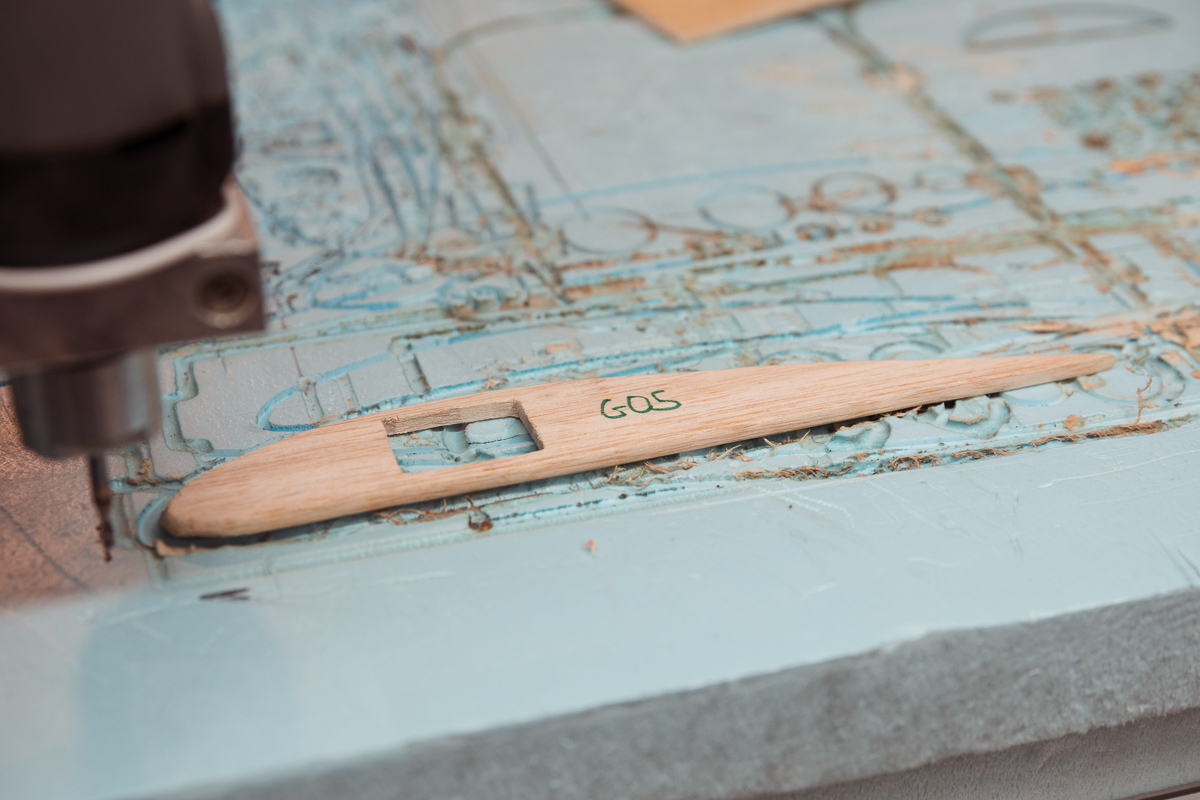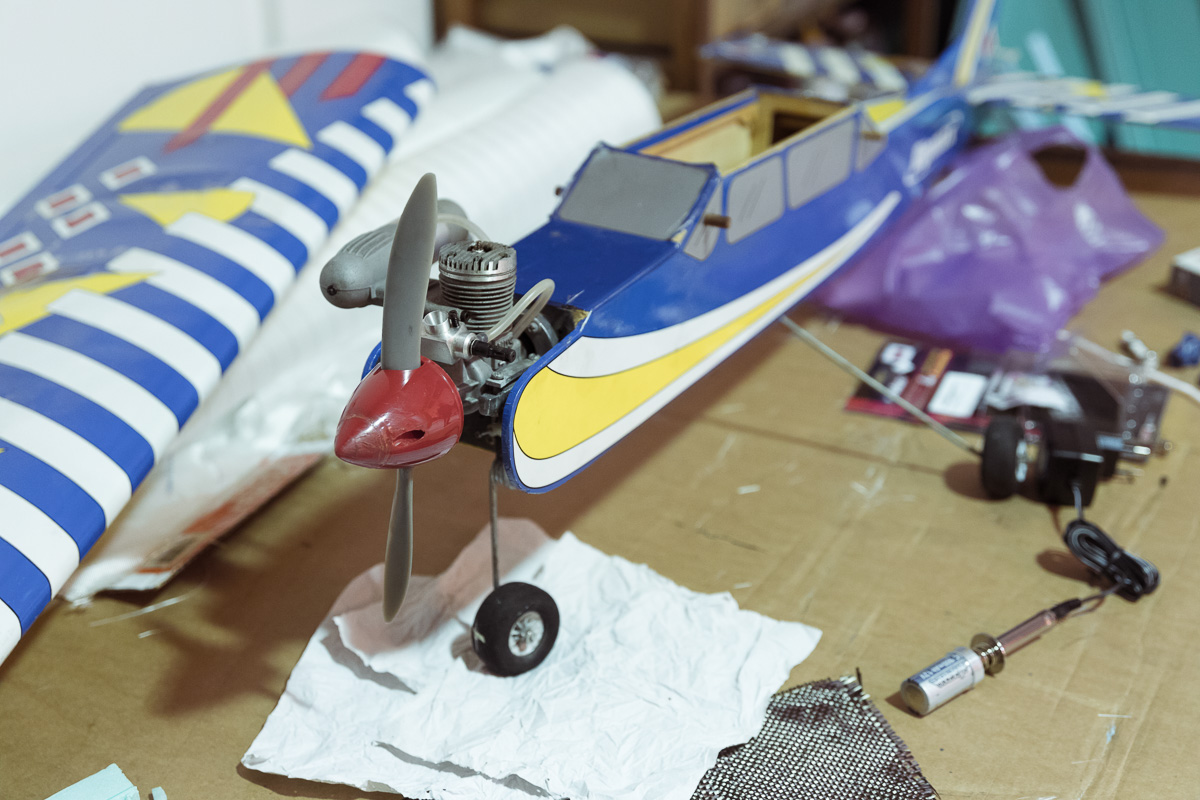The Centre for Aerospace Science and Technology is concerned with the technology related to the design and integration of aeronautical and space vehicles, from the basic scientific disciplines of flight sciences, atmospheric and space environment, through to the technological developments needed to meet performance, efficiency, environmental and certification requirements.
The purpose of the Centre for Aerospace Science and Technology is to perform research and development in several areas of aeronautical and space science and technology, and their spin-offs, namely:
Aeroelasticity
Studies the interaction between aerodynamic and structural behaviour of an aircraft. Its goal is to predict correctly the differences between a rigid and a deformable aircraft in terms of aerodynamics and performance and structural deformations. Critical coupled aero-structural instabilities such as flutter and and divergence, as well as gust response are the most commonly addressed features.
Multidisciplinary Design Optimization
Aircraft design is a complex task that requires knowledge in a number of disciplines starting in geometry and ending in performance calculations. MDO techniques apply various decomposition and coordination methods to facilitate communication between several disciplines while utilizing common optimization solvers to find an optimal solution.
Adaptive Structures
By using piezo-electric materials as embedded sensors and actuators in structures, it is possible to supply information to an external control system, which enables the change its structural characteristics to actively respond to aerodynamic loads. This way, phenomena like flutter and noise can be addressed.
Aeroacoustics
Noise has become a critical aspect in aircraft and engine design due to ever stricter regulations. To this end, research covers topics on: sound generation by blades and propellers; acoustics of ducts, inlets, and exhaust nozzles; sound propagation in jets and in the atmosphere; sound absorption with acoustic liners; installation effects, including sound reflection, shielding of noise, diffraction by obstacles, refraction by flows and scattering by irregular and moving surfaces; and coupling of sound to vortical and entropy modes and chemical reactions.
Flight Dynamics
The research concerns various aspects of aircraft operations, including airplane design (performance, stability, control and handling qualities), air traffic operations (capacity, collision avoidance, wake separation, atmospheric hazards) and novel aircraft configurations (flying wings, joined wings, V-tails) for low-noise (see Aeroacoustics) and high cruise efficiency.
Flight Testing
Assessment of the performance of an aircraft or its systems, in real conditions, i.e., with the aircraft in flight. Flight tests involve measurement and subsequent analysis of a set of physical parameters inherent to the aircraft, its systems and surrounding environment. The means allowing the realization of flight tests are called instrumentation systems, which have airborne and non-airborne components, with the later ones installed in a monitoring ground station.
Space Science and Technology
The research concerns rocket trajectories in the atmosphere, aerothermodynamics of hypersonic flight, satellite orbits and planning of space missions, acoustic fatigue of rocket launchers and payloads, near-earth space environment, and astrophysics.

